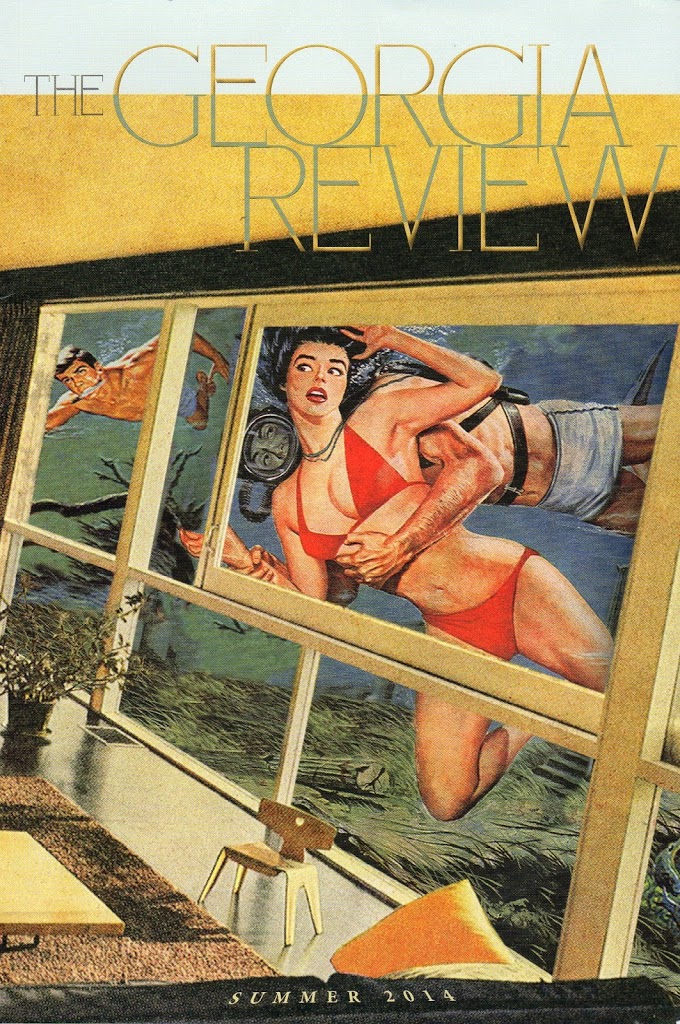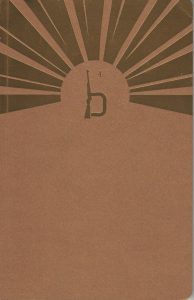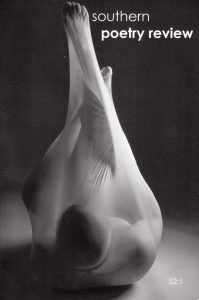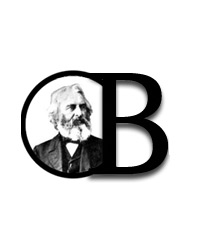Special “Strange and Wondrous Pairings” Section in The Georgia Review
“Strange and Wondrous Pairings” is the feature section of The Georgia Review‘s most recent issue. The five included essays “all raise questions,” writes Editor Stephen Corey, “very different questions—about the people or characters they bring together in quite unexpected ways. These works were not commissioned; they appeared by chance during the past two years and built for us, unbeknownst to their authors, a distinctive community.”
Martha G. Wiseman’s “Dr. No Meets J. Robert Oppenheimer”
Corey writes, “Wiseman revisits this movie villain and this real-life celebrity scientist while looking through the prism of her father, the actor Joseph Wiseman, who played the two in film and on stage, respectively. She also looks through in the other direction, seeing her father as he was reflected in the roles he played—and didn’t play—and herself as she was influenced by, and influenced, this man of many faces, an actor of sufficient repute in the early 1960s that the director of Dr. No ‘needed someone with a name, a presence,’ to counterbalance that newcomer, Sean Connery.”
Brandon R. Schrand’s “Finding Emily & Elizabeth”
Corey writes, “Schrand received from a neighbor the gift of a 1944 edition of Emily Dickinson’s poems . . . when he first sat down to peruse this particualr volume he immediately discovered, taped over one of the poems and surrounded by handwritten notations, a photograph of a teenage girl named Elizabeth who appeared to be dead . . . his Dickinson collection proved to be filled with many other annotations, all apparently by the young Elizabeth’s mother, and so his sought-after education becomes a doubling of his original intention.”
Albert Goldbarth’s “Two Characters in Search of an Essay”
Corey asks, “Who else would ferret out, and then present with wild and beautiful prose, the vital connections between John Keats and Clyde Tombaugh (the young man who discovered the now-maligned Pluto), and—remember, this is Albert Goldbarth—would also teach us countless other remarkable things along the way?”
Marianne Boruch’s “Pilgrimage”
Corey writes, “Boruch’s ‘Pilgrimage’ takes us, as no other tour guides have ever done, to and through the homes of Keats (on the Isle of Wight) and a seminal American poet, Theodore Roethke (in Saginaw, Michigan).
Brian Doyle’s “Sam & Louis”
Mark Twain and Robert Louis Stevenson had a single face-to-face meeting, “but one whose substance went unreported.” Corey writes, “Doyle, an aficionado of both men’s work, asks ‘But what did they say?’—and proceeds to reconstitute what was very likely several hours of the most scintillating talk in history.”





